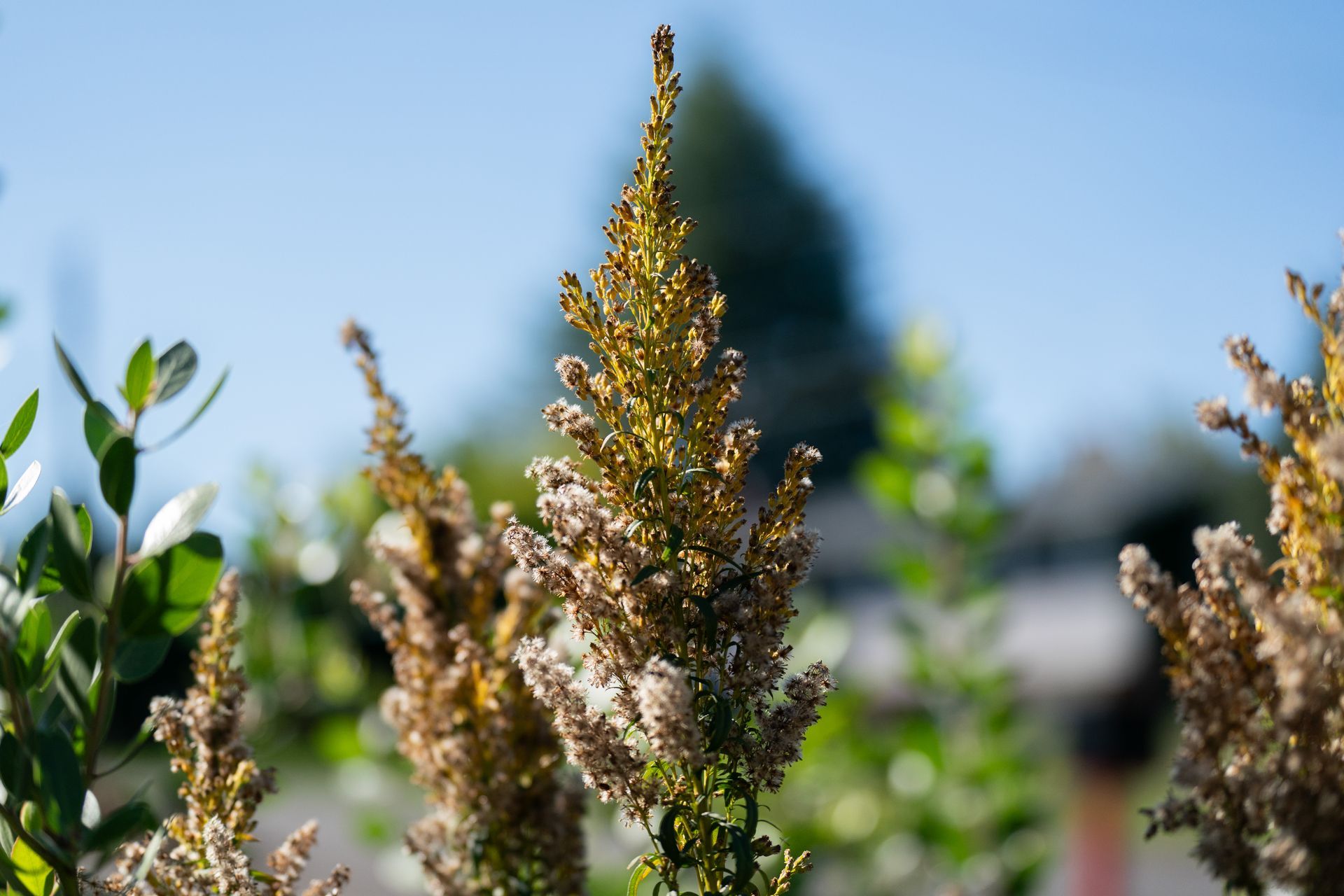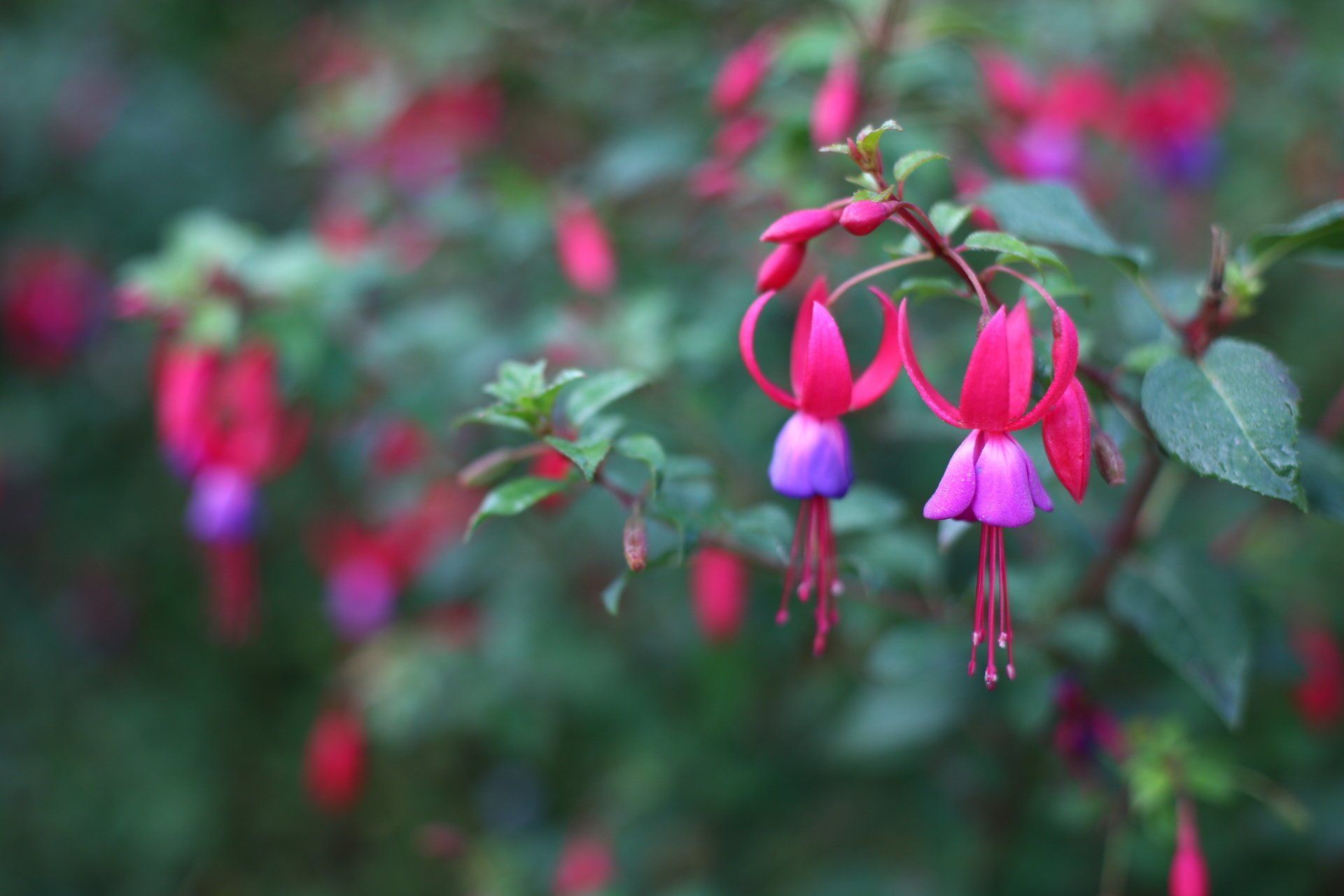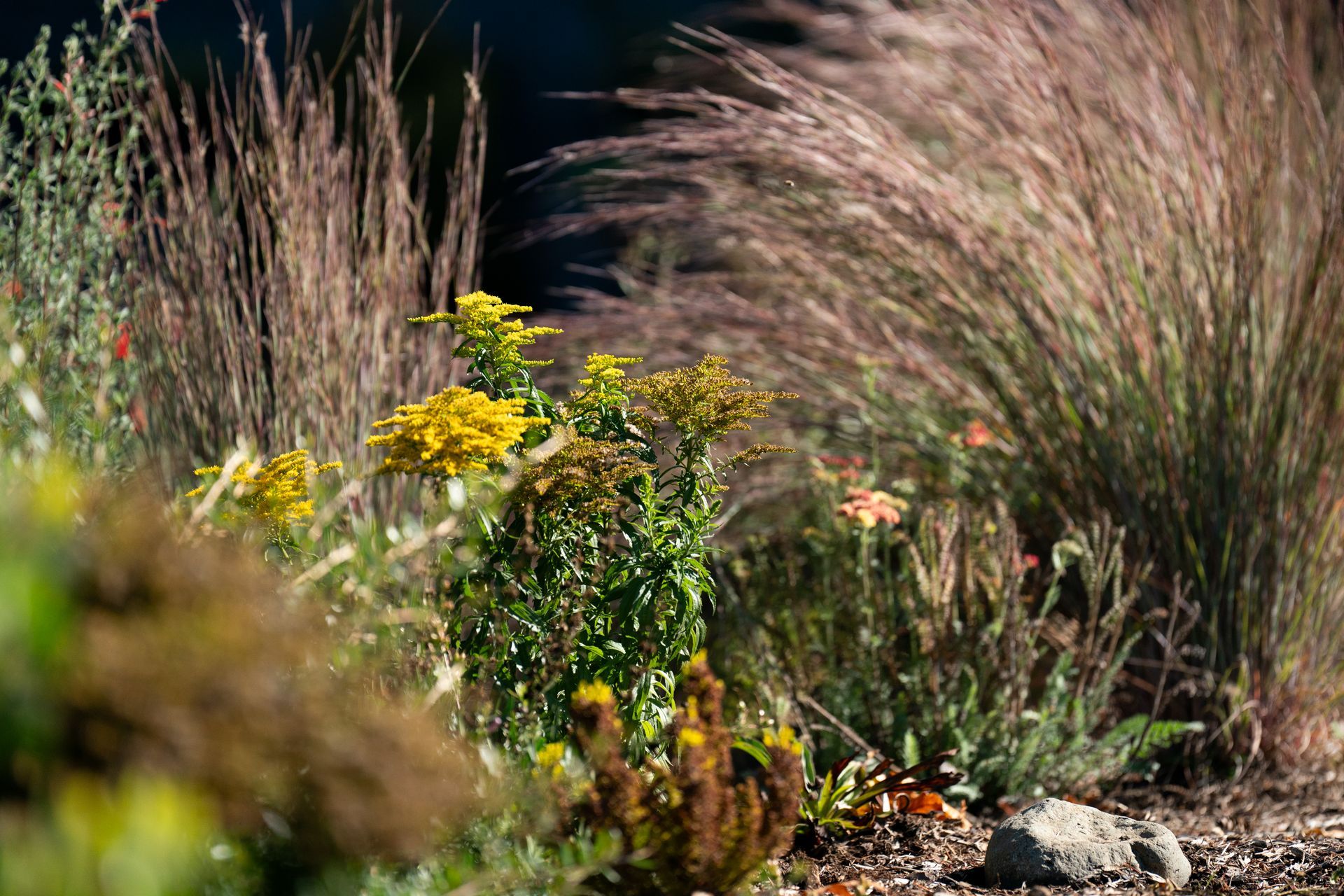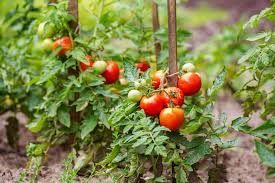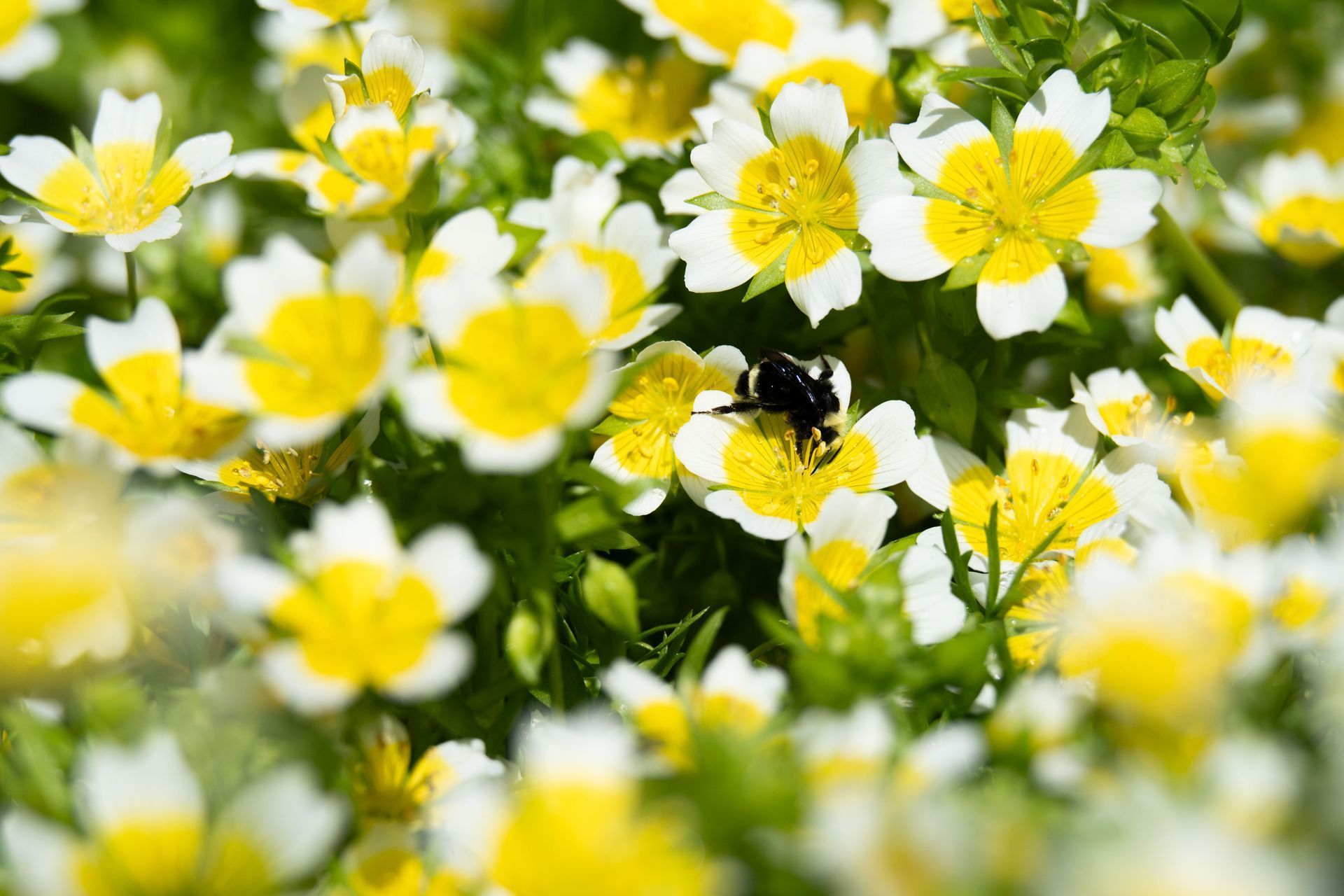Phil’s Garden Tips & Tricks for January
HAPPY 2019!
Today is a bright and sunny day, which caused me to have to scrape some frost off the truck this morning for my first appointment in the dark. To date we have not had a “hard or killing frost”, which is where the temp gets at or below 28 degrees. The rains have been adequate in 2018 but nothing is in flood stage! We are off to a great start in the weather year with ample snow in the mountains in preparation for our summer irrigation needs.
Here are some tips and tricks to accomplish something in your garden in January:
It is time to plan out and commence with your winter pruning!
CLICK HERE for a blog on this subject.
- This is a great time for transplanting. It should not be done when the temp is below freezing! Generally, this is not a problem because the average human is not interested in transplanting unless the ground is soft and moist.
- One can actually plant peas now! There are sweet peas (grown only for cut flowers and fragrance) or eating peas. Consider if you have a spot in the garden where the ground is prepared. If you procrastinate and wait for warm weather to plant peas their insect and fungus enemies will be ready to jump on them. If you plant them now their enemies are asleep! Plant peas where the soil is well drained and workable. Peas are easy to grow from seeds!
- Peas are available as: Shelled peas—this one you eat only the pea itself. Snap peas—this one has a full crisp thick pod of peas inside which are all sweet. One can easily eat pod and all fresh, and it can also be used as a snack—cooked or in salads. Snow peas—this is the one that is normally used for stir-fry dishes. It is a rubbery pod which is picked early before it fills out with the peas.
- It is still too early to start most other seeds for spring vegetable plants in the garden or in a cold frame for transplants.
- It is very important to water landscape plants underneath wide eaves and in other spots protected from rain. This should be done once a month and they can be monitored until the irrigation is turned on.
- Moss appearing in your lawn usually means too much shade. It can also mean low fertility or soil compaction resulting in a thin stand of grass. Now is the time of the year to decide what to do. Your options are to get rid of the shade or shrink the lawn so that there is less in the shade. Shade is the enemy of grass because it encourages moss, which can quickly out compete lawn if it is a half shade situation. Moss killer is easily applied, however, and if one uses iron oxide then it is not poisonous. If your trees are getting too big and shading the lawn, then the first option might be to either remove the most shaded part of the lawn or remove some of the branches (or a whole tree) to get your lawn performing like you want!
- For winter indoor color, gather branches of budding quince, forsythia, or flowering cherries and bring them inside. Mash the bottom of the stems before placing them into a large water-filled vase. The warmth of the house will force early blooming on the stems for beautiful bouquets.
- Monitor houseplants for correct watering and feeding; guard against insect infestations, clean dust from leaves. Use a low-level fertilizer like Oxygen Plus. Do NOT overwater this time of the year, it is very easy to do.
- It is time to plan out and commence with your winter pruning! CLICK HERE for a blog on this subject.
- Check online for ideas and follow up with your local garden/nursery stores and seed catalogs to find seeds and begin planning this year’s veggies and annual flowers. I usually begin daydreaming this time of the year about landscape changes or additions. Garden catalogs are the best solution for this situation!
- For our country friends, watch for field mice or vole damage on the lower trunks of trees and shrubs. They can quickly kill young trees or shrubs! Control measures include approved baits, weed control and traps.
